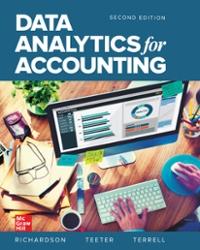Answered step by step
Verified Expert Solution
Question
1 Approved Answer
Hira likes to go on driving vacations. Her utility function is U(X, F) = ln(X) ln(F), where X is consumption of market goods and services
Hira likes to go on driving vacations. Her utility function is U(X, F) = ln(X) ln(F), where X is consumption of market goods and services and F is consumption of fuel. Hira's real income is Y , measured in units of X, since X is taken as the numeraire. The real price of F is pF and the real price of X is pX = 1. We know how to use the lagrange method to find Hira's demand for fuel: F =Y/(2pF) 1. What is Hira's price elasticity of demand for fuel according to this analysis? 2. What is the opportunity cost of the time Hira spends driving? 3. Let Hira's utility function over market goods and home-produced driving vacations be: U(X, D) = ln(X) ln(D). Show that this is equivalent to the preferences represented in our original utillity function in part 1. 4. Write Hira's budget constraints. She will have two. The first is for her real income (Hira must pay for market goods and fuel using her labor earnings) and the second is for her time (Hira spends her time either working or on driving vacations). Write down these two budget constraints in terms of fuel use F
Step by Step Solution
There are 3 Steps involved in it
Step: 1

Get Instant Access to Expert-Tailored Solutions
See step-by-step solutions with expert insights and AI powered tools for academic success
Step: 2

Step: 3

Ace Your Homework with AI
Get the answers you need in no time with our AI-driven, step-by-step assistance
Get Started


